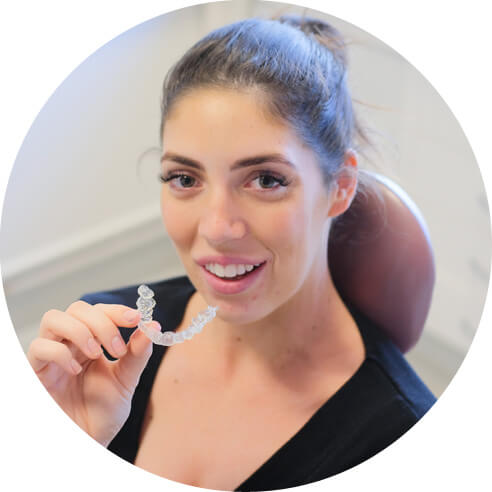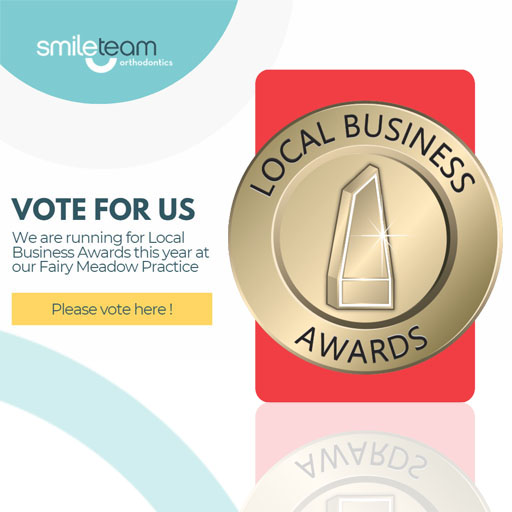Retainers
At Smile Team Orthodontics, retainers are essential in keeping your smile straight after braces or Invisalign® treatment. They help maintain the position of your teeth, preventing them from shifting back.
Types of Retainers
We offer two main types:
- Removable Retainers: Clear, plastic retainers that can be easily removed for eating and cleaning. Some come with a wire attached to an acrylic plate.
- Fixed (Bonded) Retainers: A thin wire bonded to the back of your teeth, providing a long-term or permanent solution to prevent shifting.

What to expect?
For removable retainers, we will take a mould of your teeth to ensure a custom fit. Some initial pressure is normal but will subside as your mouth adjusts. Fixed retainers are painlessly bonded to your teeth and require regular cleaning to maintain.
How long do you need to wear a retainer?
To keep your smile straight, retainers need to be worn long-term. Removable retainers are typically worn 24/7 at first, then nightly for 6-12 months. Fixed retainers are usually worn for life.

What if my retainer breaks?
If your retainer breaks or is lost, contact our practice to arrange a replacement or repair.
For more information or to schedule a check-up, contact Smile Team Orthodontics today!
Book your assessment
Please complete the booking form below and we will be in touch to arrange your assessment.
